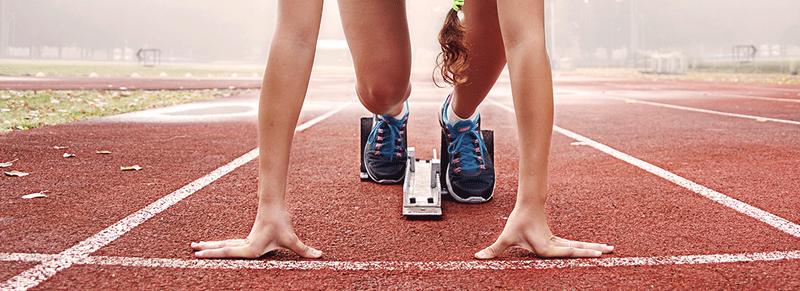Group Culture In Athletics: How To Change The Existing Structure
Group Culture In Athletics: How To Change The Existing Structure
Building up a solid group culture is as significant in games all things considered in the corporate world. Effective game establishments have solid, profound established societies. These associations have a characterized method of getting things done, instilled propensities, to which each individual from the association follows. At the point when a fruitless association rolls out an improvement in an administrative role, regularly that individual accepts the undertaking of improving the authoritative culture. Obviously, that is a lot actually quite difficult. Changing an aggregate culture is troublesome because the culture is a propensity. Individuals lean toward doing things a specific way and individuals are impervious to change. It is imperative to comprehend why group culture is basic in games and how a pioneer approaches changing the authoritative culture.
Culture is the statement of a group’s qualities, perspectives, and convictions. It decides the association’s concentration and what the association advances and the objective that everybody is endeavoring to accomplish. The way of life is grounded in a recognized mission and shared objectives. It is something positive when you have a decent culture of difficult work, winning, sportsmanship, or some other positive characteristics. The way of life makes guidelines of worthy conduct in a group, either unequivocally or verifiably passing on to individuals what is permitted and what isn’t. These guidelines can direct colleagues on how to carry on, convey, participate, and manage strife. At the point when clear guidelines exist, everybody in a group is bound to keep them.
Mentors play a functioning job in the making of a group culture. Through authority and open conversations with colleagues, the group can recognize the qualities, mentalities, and convictions that everybody needs as the establishment. While building up another culture, one of the principal things a mentor does is distinguish individuals who are focused on the association and devoted to accomplishing the mission. The book Good to Great (Collins, 2001) states, “the great to-extraordinary pioneers start the change by first getting the correct individuals on the transport and some unacceptable individuals off the transport and afterward to sort out where to drive it”. When the perfect individuals are on the transport, a pioneer can start chiseling another culture. All things considered, the association should figure out what esteems, perspectives, and convictions will go about as the establishment for the group culture. Objective creation will start for the association, group, and individual players. When the establishment and another vision are set, altogether everybody can decide to achieve the new objectives.
When attempting to change a culture, there should be a degree of comprehension of how a positive culture will show up. An illustration of an advanced culture is caring pioneers who are competitor fixated and center around the accomplishment of the understudies. Everybody cooperates and there is uphold for each other. At last, starting from the top, there is faithful help from the organization. So when another mentor or chief dominates and expects the undertaking of improving the way of life, how does a pioneering approach changing the authoritative culture? Like any association, initially, a pioneer should evaluate the circumstance. A few elements might have added to a helpless culture. There could be an absence of managerial help. Was the organization disregarding that there was an issue in the games culture? Another degree of potential disappointment could be the mentors. Was there helpless instruction or was the accentuation by the mentors on winning just and connections weren’t created with the competitors? Some of the time guardians can be overinvolved and still not be steady of the mentor’s message or the athletic program. At the point when guardians are unsupportive, this will in general prompt helpless conduct at games. At last, the last bit of the riddle is the understudy competitor. The understudies must be resolved to sports association and be eager to consider different competitors responsible for their degree of responsibility. There must be firm assumptions for the understudy competitor. The dynamic initiative needs to consider all understudies responsible for scholarly execution.
Mentors must be intentional about making the way of life they need. They can’t simply expect that change will occur or arise all alone. While being intentional, mentors should have a cycle that the group can follow to build up their way of life. Each fruitful association has a rundown of objectives they might want to accomplish. It is imperative to coordinate the ideal qualities and practices to coordinate the objectives the group needs to accomplish. Past the mentor, cooperative people assume a significant part in speaking to a positive culture. Powerful groups have group skippers who good examples of ideal conduct and consider different players responsible. The mentor can’t be the sole individual to do the mission. Players need different players, seen at a companion level, to go about as good examples. At the point when players and mentors are in the same spot, helpless conduct is managed quickly and there are ramifications. On the other hand, suitable conduct is perceived and promptly compensated in an important manner.
Making change inside an athletic program isn’t simple. There should be an aggregate purchase in from a few gatherings: organization, athletic chief, mentors, guardians, and understudy competitors. Most importantly, there should be structure, responsibility, and straightforward objectives for every part to accomplish.
Be the first to post a message!
